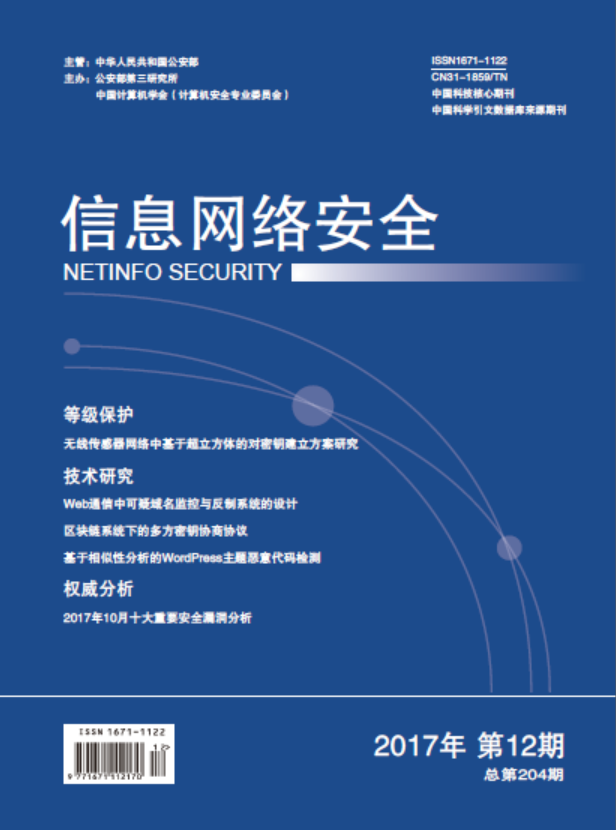SQL injection attack has the characteristics of great damage, various attacking types, quick mutation and concealment, which attract widespread attention. A SQL detection technology, which combined machine learning and natural language statistics, was proposed in this paper based on support vector machine (SVM) and text feature vector extraction. detection process was divided into three parts including text analysis, feature extraction and classification. Additionally, SQL injection detection process include text collection, basic feature extraction, statistics of deformation features, text space vector model construction, model training, classifier generation, classification and obtaining classification results. It was corroborated by experimental results that SQL injection detection based on SVM and text feature vector extraction was efficient in classification. Besides, according to evaluation methods including edge curve, confusion matrix, effect analysis, sensitivity analysis and specificity analysis, which were conducted in the machine learning evaluation training model, the SQL injection detection classification model obtained through learning had relatively high detection rate.

